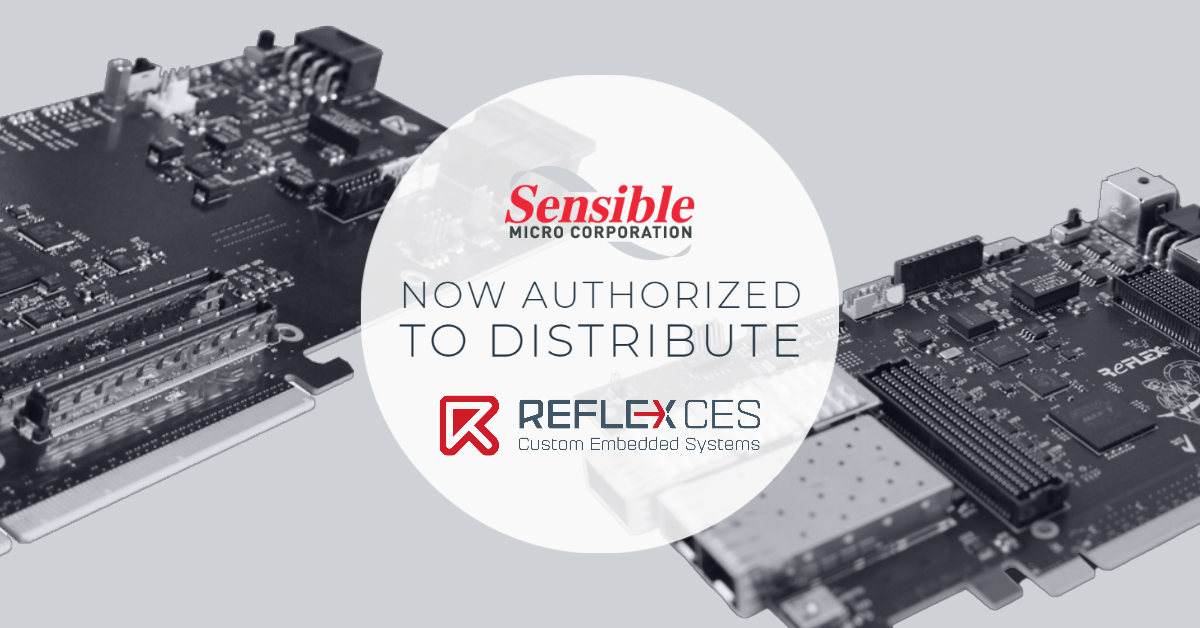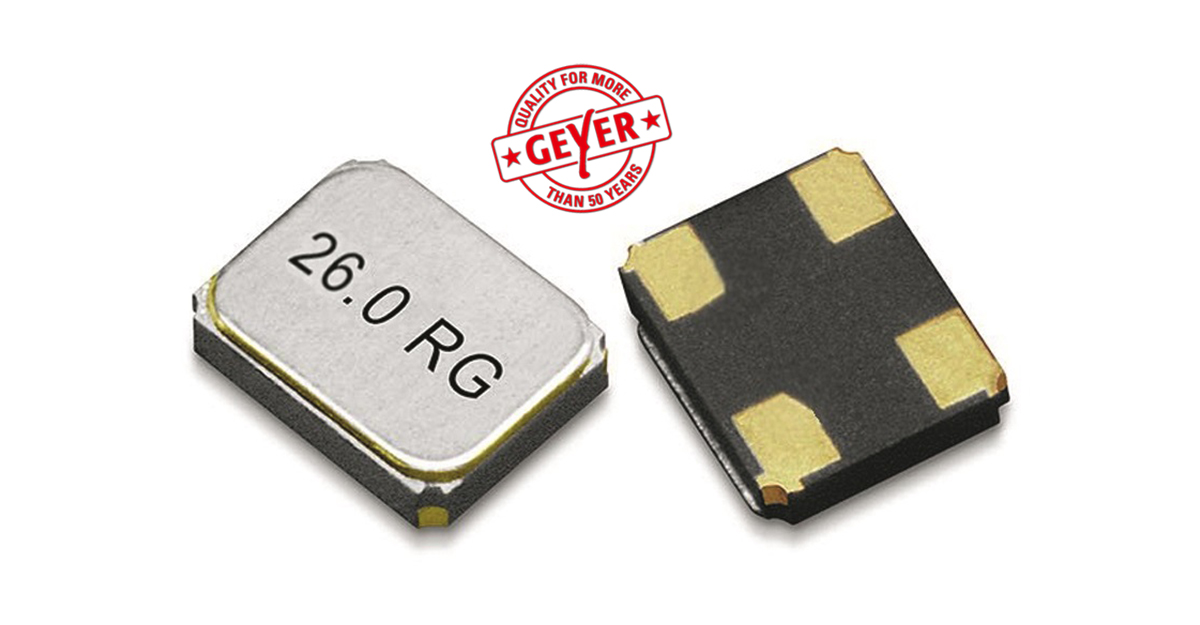Embedded systems are self-contained computer hardware systems that are designed to perform a single, specific function repeatedly. While some embedded systems are relatively simple, consisting of a single microcontroller, others may include a whole a suite of processors and connect with outside structures via peripherals, linking input and output devices (think about interconnected automotive embedded systems).
A specialized, one-purpose-only system can often reduce overall costs, maintenance, and power needs while improving system reliability and time-to-market. However, embedded systems can also be harder to update, service, or replace than more generalized systems.
Any extra processing power or flexibility you can add to your system will reduce the drawbacks of a long-term commitment to embedded components. This has led to a remarkable role for field programmable gate arrays (FPGA) and system-on-chip (SoC) modules in embedded system design.
System-on-chip designs incorporate a CPU into the same chip as the internal memory, providing essentially a whole computer on a single silicon chip. This reduces power consumption and gives you more functionality in a smaller space.
Field programmable gate arrays, meanwhile, are integrated circuits that are meant to by changeable rather than static. An FPGA can be re-configured or re-programmed after manufacturing and in the field.
When you combine both of these technologies into SoC FPGA boards, you save space, accelerate production, and preserve freedom in your embedded system design.
SoC, FPGA, or Both?
|
System-on-Chip (SoC) |
Field Programmable Gate Arrays (FPGA) |
SoC FPGA |
|
|
|
The on-chip memory, high bandwidth communication, and expansive set of possible peripherals in an SoC FPGA board can be of enormous benefit when designing a system with tightly constrained metrics for embedded use. Unlike PCI-express designs, a system-on-module (SoM) setup can offer a high capacity of logic and memory storage on a small module size.
Embedded System Design With REFLEX CES
Sensible Micro is proud to be an authorized distributor for REFLEX CES, a leading manufacturer of sophisticated FPGA boards and SoC modules for embedded systems. From leading-edge on-the-shelf boards to fully custom embedded solutions, we can’t recommend REFLEX CES products highly enough. Their rugged, high-speed embedded system components showcase unparalleled expertise in hardware, firmware, software, and more.
Schedule a call with a sourcing expert at Sensible Micro today to learn more about your options in embedded system design and how our vetted line card can help.



















